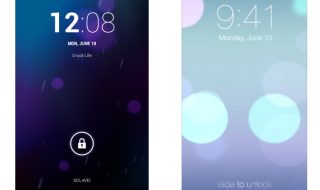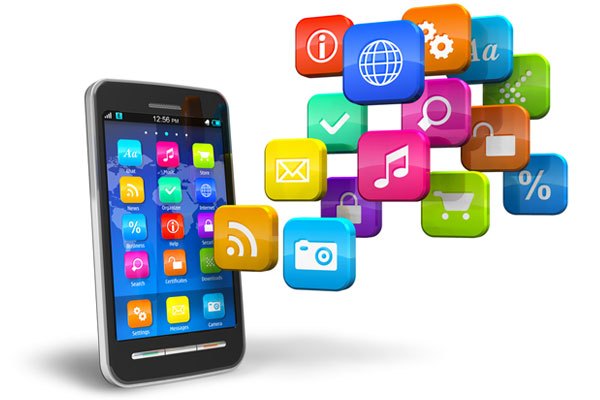
First cellular phone was made by Martin Cooper (Motorola) in 1973. However, it took 10 years for cellular phone to appear in the stores. First commercial cell phone was DynaTAC 8000X with a price tag of around $4000. It weighted about 2 pounds and didn’t run any apps. Then, with the next generation of cellular phones, namely with Psion EPOC we have witnessed a revolution.
From Psion to Symbian
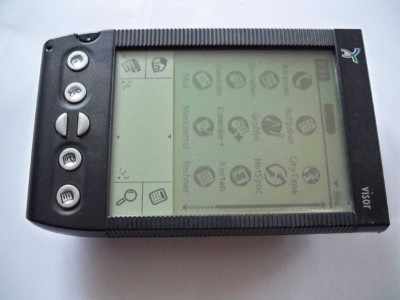
Psion was a revolutionary company in many ways: They were the first firm to come with PDAs and devices with the ability of running mobile apps. They first came up with 16-bit machines that used EPOC operating system. These machines allowed users to run apps like diary and simple office programs. Later on, they produced 32-bit machines with 2 MB ram which allowed users to download additional software packages via modem. Much like today’s smartphones and app markets, right?
Palm emerged as the biggest competitor of Psion. Palm devices which were running on Palm OS were affordable and offered a full-range PDA experience with touchscreen GUI and WAP browser.
Then came the legendary mobile operating system, Symbian. Psion, Ericsson, Motorola and Nokia joined forces under the name Symbian Ltd and developed Symbian OS which grew out of Psion EPOC. We all remember Symbian as the official operating system of Nokia devices. Indeed, Nokia played a major role in the development of Symbian and the popularity of Nokia devices helped Symbian to penetrate the market. It was estimated that in 2009, the number of Symbian-powered devices exceeded 250 million mark. The biggest downside of the Symbian was the incompatibility of apps across platforms (e.g. you couldn’t use the Symbian app developed by Nokia on an LG phone). The popularity of Symbian dropped rapidly after Nokia opted for Windows Phone platform and many of the manufacturers gathered around Android.
Mobile operating systems today
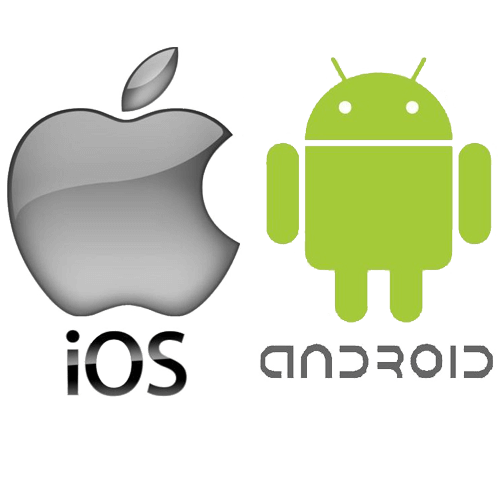
In today’s word, it’s safe to say that there is a cold war going on: The total market share is divided almost solely between Google’s Android and Apple’s iPhone. As of June 2017, Android is the leading mobile operating system in the market with 64.2% market share and iOS follows with 32.92%. It should be noted, however, iOS is proprietary operating system of Apple while Android is an open source platform which is used by many brands like Samsung, LG, HTC, Asus, etc… Besides these two giants, the market share of the other operating systems (Blackberry, Windows Phone, Symbian, etc…) make up roughly 3% of the total market share.
Mobile apps

Apart from the security features and ease of use, the biggest advantage of each platform is the compatibility of apps across devices and the impressive number of apps on each platform. As of March 2017, the total number of available apps in Google Play was 2.8M, while 2.2M apps were offered in iOS. Windows Store followed with 669K apps.
Free and paid apps
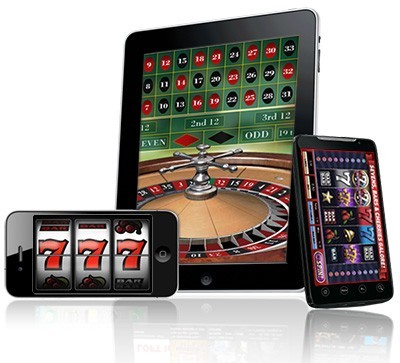
Basically, there were two different types of apps: Free and paid apps. As the name suggests, free apps are offered completely free. These apps include those which handle small tasks, like calculator or camera or those which are much more complex. The developer of these apps generally make revenue from the ads included within the apps. They sometimes offer ad-free, premium version of them. The most popular free apps in each market are social media apps (Facebook, Instagram, Twitter, etc…) and games. İf we take the Turkish market, Casino games are also growing in popularity. There are an abundance of free blackjack, poker and roulette games in Google Play and App Store. Likewise, many major sportsbooks companies offer their clients the ability to bet on sports events on the go with mobile betting apps.
The number of paid apps are also growing rapidly in both markets. Contrary to the common belief, users are willing to pay for apps that are useful for them. One important distinction between two app markets is that App Store is much more “monetized”. For example, in the last quarter of 2016, App Store generated $5.4 billion while Android only managed to generate $3.3 billion in the same quarter.
Freemium model
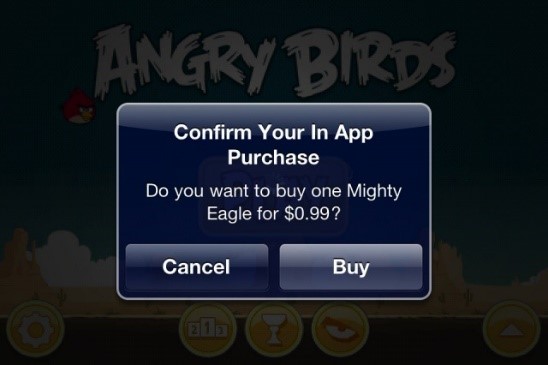
As we have mentioned above, there were basically two app types, namely “free” and “paid”. However, some time ago, app developers came up with a brilliant idea: Freemium apps. The idea behind this kind of apps was that users could use (or play) an app as much as they need and they can pay anytime to unlock more features. The catch is that they are obliged to pay if they are not interested in extra features. Nowadays many of the games in both markets use freemium model – the players who do not want to fall behind other players pay for extra features, those who do not care simply continue playing for free.




